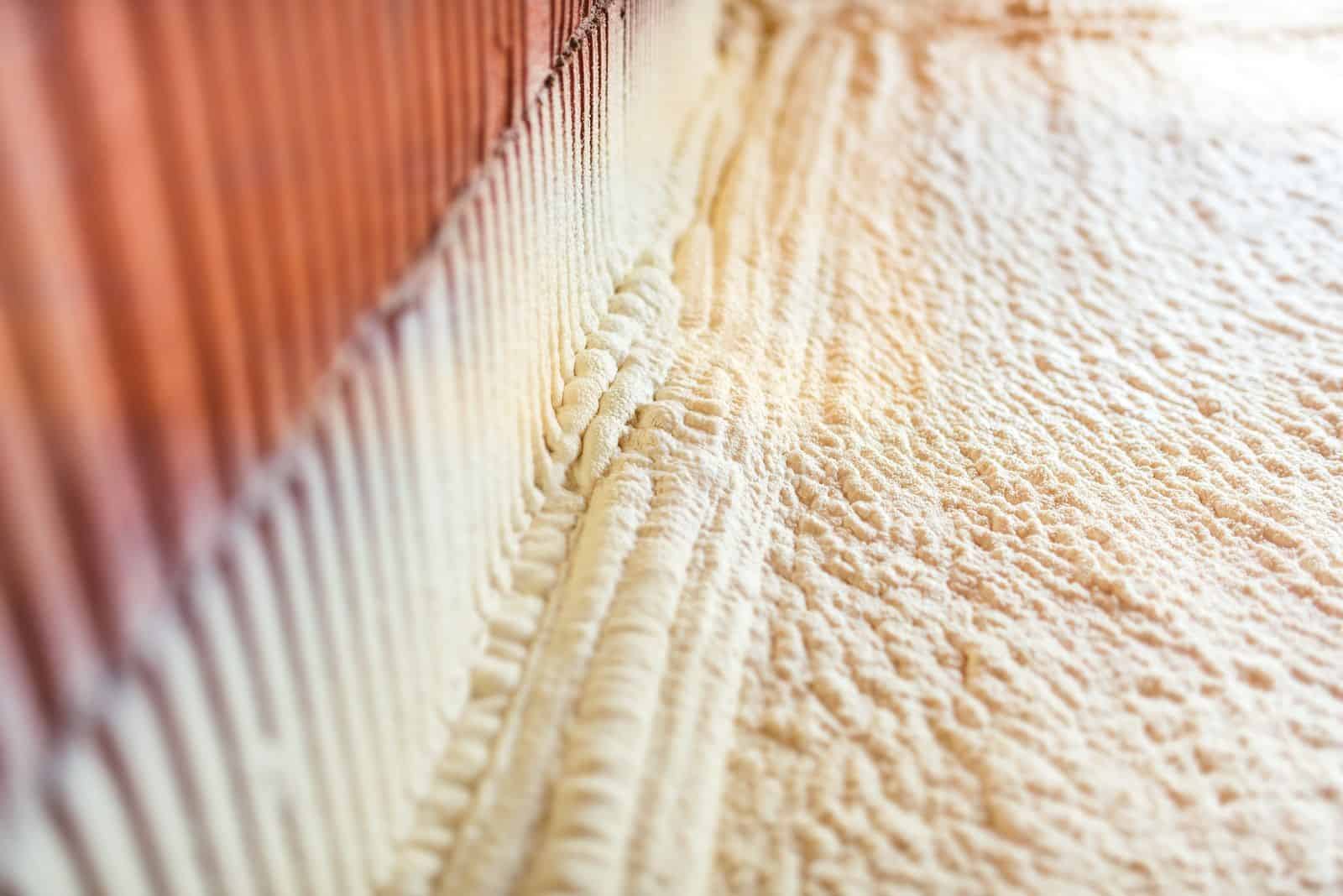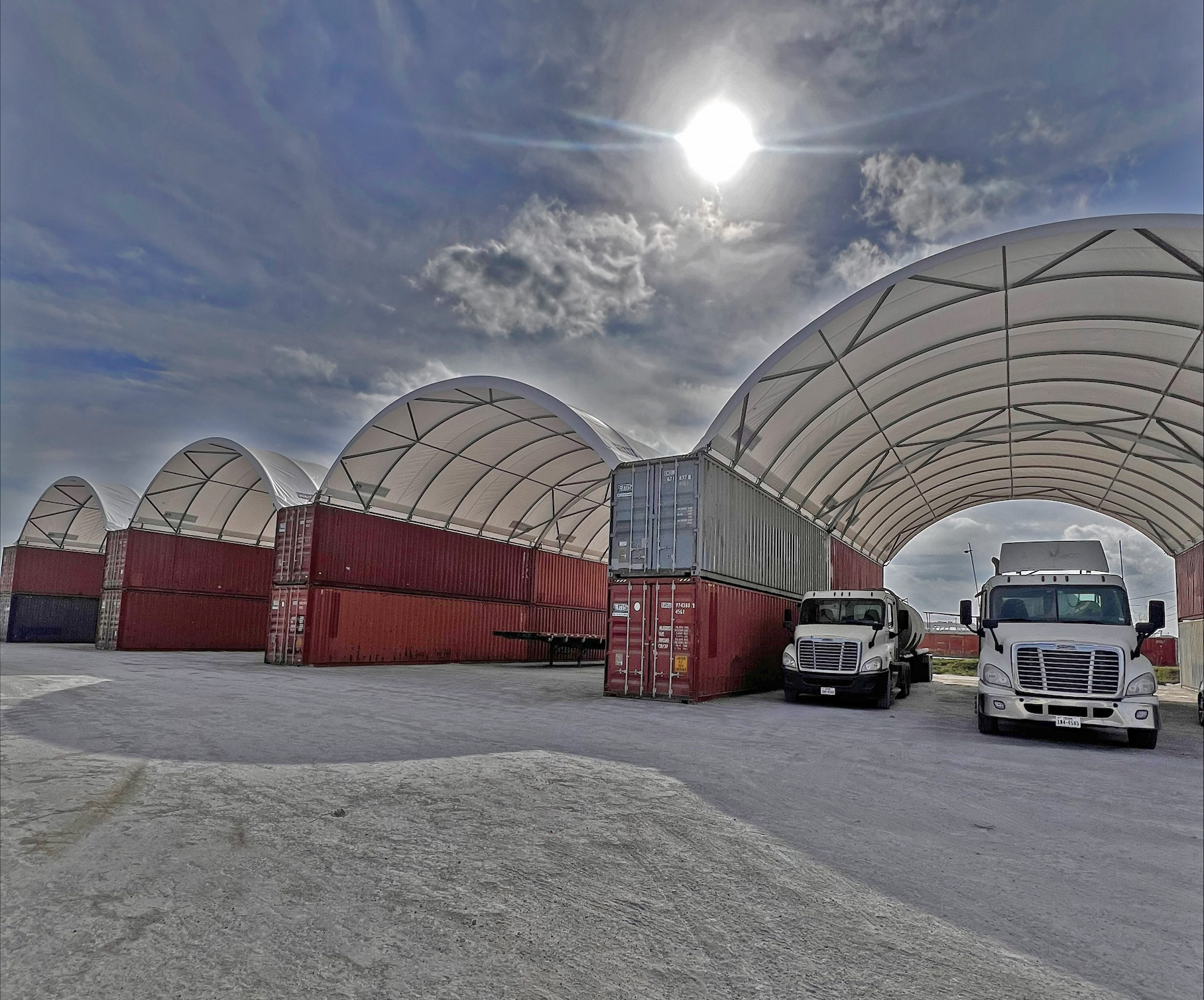As shipping containers become more popular as living abodes, shops and public spaces, the need to insulate them sufficiently becomes apparent. Typical shipping containers, such as conex boxes, need to be insulated on the interior to make them suitable to inhabit during the cold season; there are many ways this can be done.
If you’re considering a conex box for sale, and are concerned about insulation, following are some of the best options.

Spray Foam Insulation
One of the most common ways people insulate their conex boxes is with spray foam. It’s easy to use inside a shipping container because it so easily adheres to the metal walls.
While spray foam insulation isn’t the cheapest option, it’s very easy to do and doesn’t take much time. It also suits many climates, making it ideal for portability should you need to move into a different location. If your location should be frigid during the year, this kind of insulation is flexible and versatile.
Spray foam insulation can also be applied to the outer walls of a conex box for additional warmth or simply to hide an otherwise unsightly metal exterior.
Blanket Insulation
Blanket insulation is an umbrella term for the type of insulation enveloping the walls. It’s typically unravelled in sheets and comes in a variety of materials.
Blanket insulation requires stud walls, but can be installed quickly once the walls are in place. It lends itself to a traditional look inside your conex box. Blanket insulation of fiberglass should be handled with care, which is why you should have a reputable shipping container company make such modifications for you. They will have more experience and the necessary equipment.
Blanket insulation can also be made of wool and cotton, which are more natural and environmentally friendly than fiberglass, which consumes more energy in its manufacture.
Eco-Friendly Options
If you’re willing to use cotton or wool as insulation, then you are likely to want the rest of your abode to be sustainable as well.
A living roof adds character and beauty to any shipping container. Its layers of soil and foliage make it a natural way to insulate the top of your container. They also help to reduce keep things cooler during warm weather so that you can save energy trying to cool down your living space.
The insulation you use on your conex box is about as variable as the containers themselves. If you want information on how you can insulate your containers, speak to a reputable supplier about how you can do this.
Sources:
5 Methods to Insulate Your Shipping Container Home, ContainerHomePlans.org
How to Insulate a Shipping Container Home, WikiHow.com









